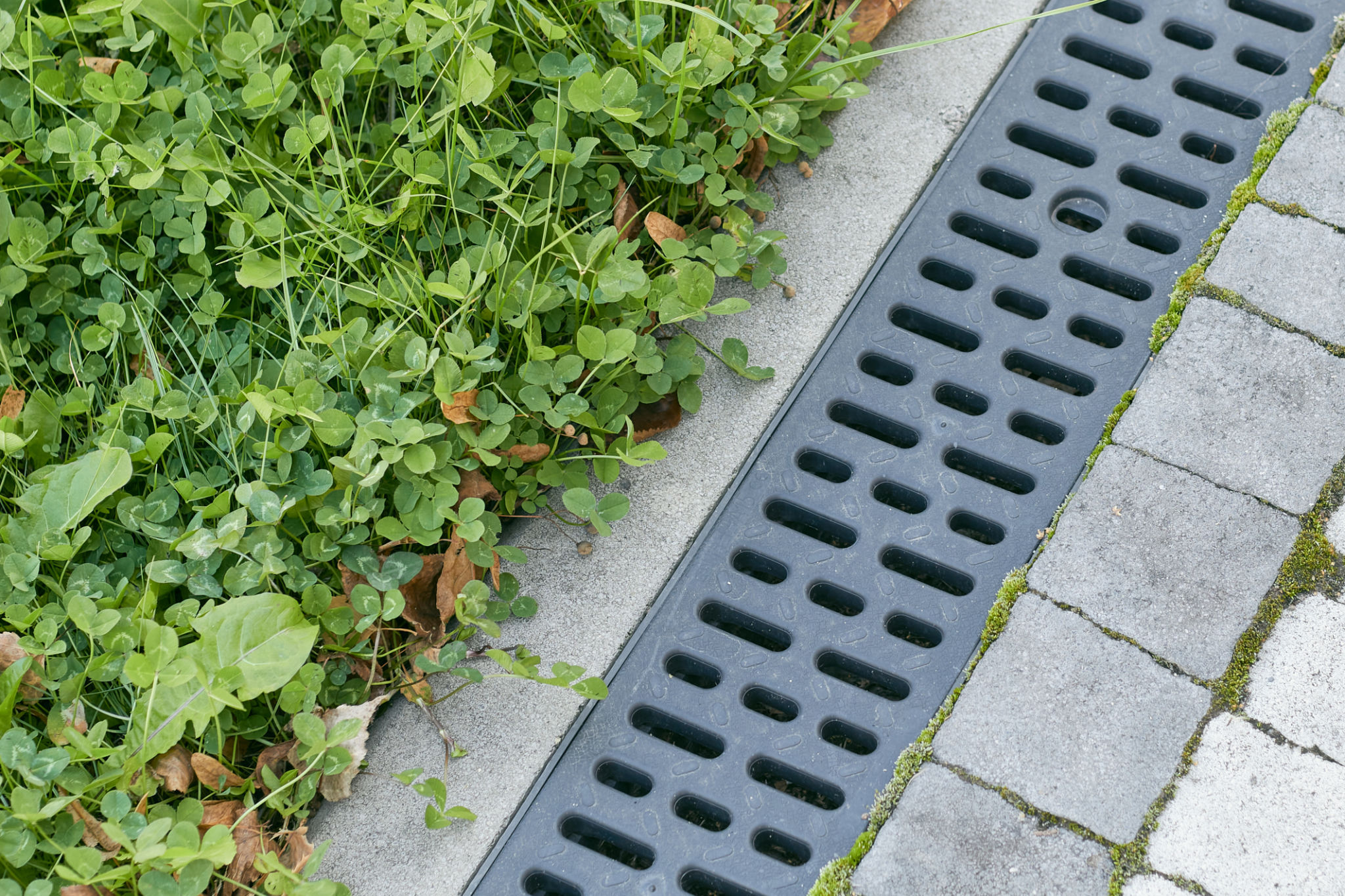Preparing for Stormwater Management Challenges with IoT Solutions
Understanding the Challenges of Stormwater Management
Stormwater management has become a critical issue for municipalities and environmental agencies worldwide. As urban areas expand and climate change contributes to more frequent and intense storms, managing stormwater effectively is crucial to preventing flooding, protecting water quality, and maintaining infrastructure integrity.
The traditional methods of stormwater management often involve large-scale infrastructure projects that can be expensive and time-consuming. However, the advent of Internet of Things (IoT) technology offers innovative solutions that can help cities better prepare for and manage stormwater challenges.

The Role of IoT in Stormwater Management
IoT technology is transforming the way we approach stormwater management. By utilizing a network of interconnected devices and sensors, IoT systems can provide real-time data on water levels, weather conditions, and infrastructure status. This data is invaluable for making informed decisions quickly and efficiently.
Through IoT, cities can deploy smart sensors in various locations to monitor rainfall, detect blockages in drainage systems, and measure water quality. This information helps in optimizing the response to storm events, reducing the risk of flooding, and ensuring that stormwater is managed sustainably.
Real-Time Monitoring and Reporting
One of the significant advantages of IoT solutions in stormwater management is real-time monitoring and reporting. With sensors placed strategically, city officials can receive instant alerts about potential issues such as rising water levels or clogged drains. This proactive approach allows for timely intervention before minor issues escalate into major problems.

Predictive Analytics for Better Planning
IoT systems also enable predictive analytics by collecting historical data and analyzing patterns over time. This capability allows municipalities to forecast potential stormwater challenges based on weather predictions and historical trends. By anticipating these challenges, cities can implement preventative measures to minimize impact.
For example, data on past rainfall patterns can help predict areas prone to flooding. Armed with this information, cities can prioritize maintenance efforts and allocate resources more effectively.
Improving Infrastructure Efficiency
With IoT technology, existing stormwater infrastructure can be used more efficiently. Smart water management systems can optimize the operation of pumps, gates, and reservoirs by responding dynamically to real-time data. This ensures that systems are only activated when necessary, conserving energy and resources.

Community Engagement and Awareness
IoT solutions also offer opportunities for community engagement. By providing residents access to real-time data through apps or websites, citizens can stay informed about local stormwater conditions. This transparency fosters a sense of shared responsibility and encourages community involvement in sustainable water management practices.
Furthermore, educational initiatives supported by IoT data can help raise awareness about the importance of stormwater management and promote environmentally friendly practices among residents.
The Future of Stormwater Management with IoT
As technology continues to advance, the potential applications of IoT in stormwater management will expand. The integration of artificial intelligence and machine learning into IoT systems could further enhance predictive capabilities, allowing cities to develop even more sophisticated strategies for dealing with stormwater challenges.
By embracing IoT solutions, municipalities can not only address current stormwater management issues but also build resilient systems that can adapt to future environmental changes. This forward-thinking approach is essential for sustainable urban development and environmental stewardship.
